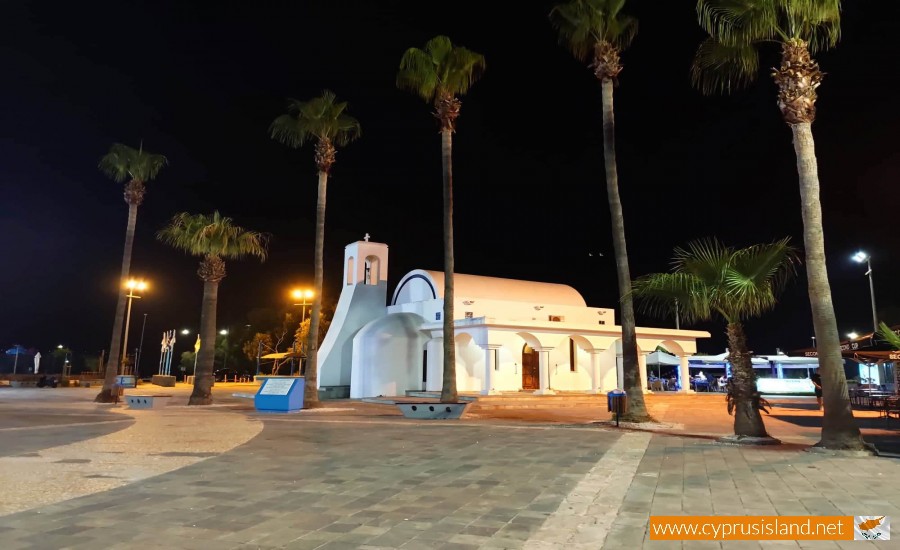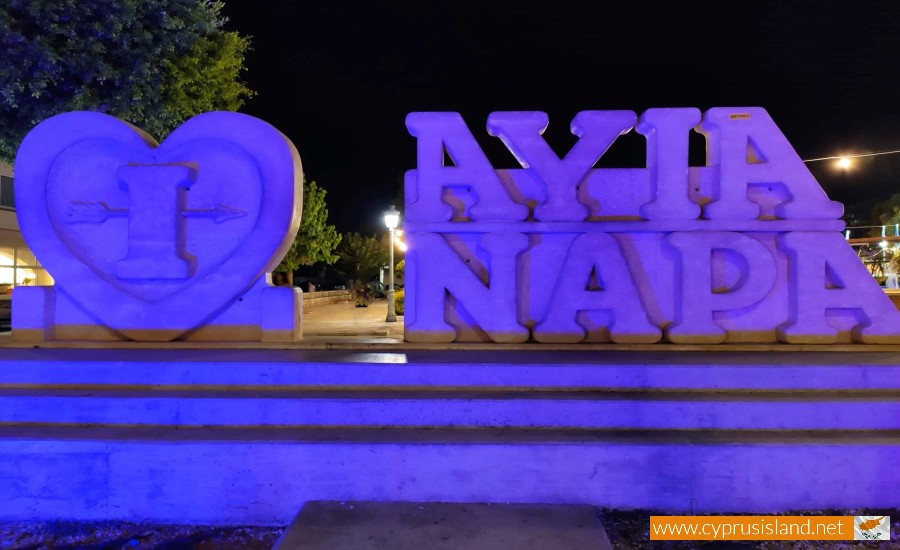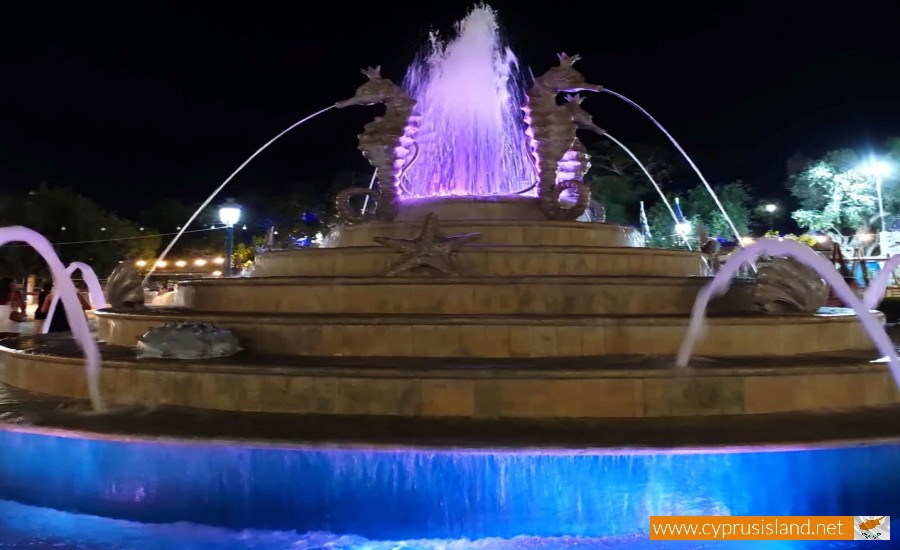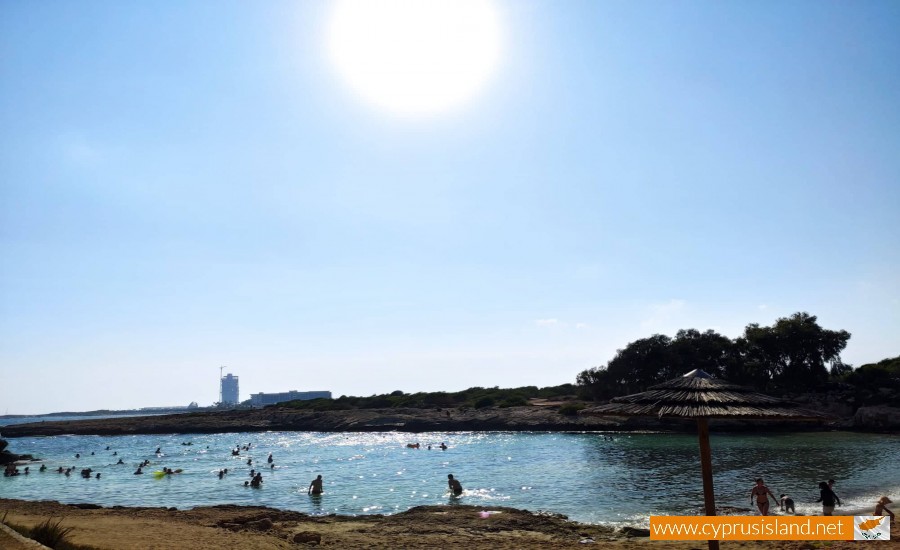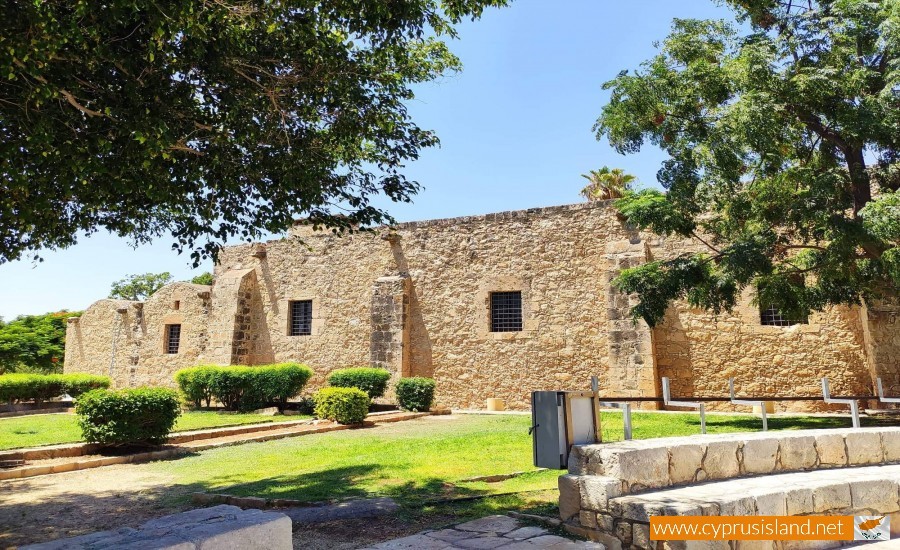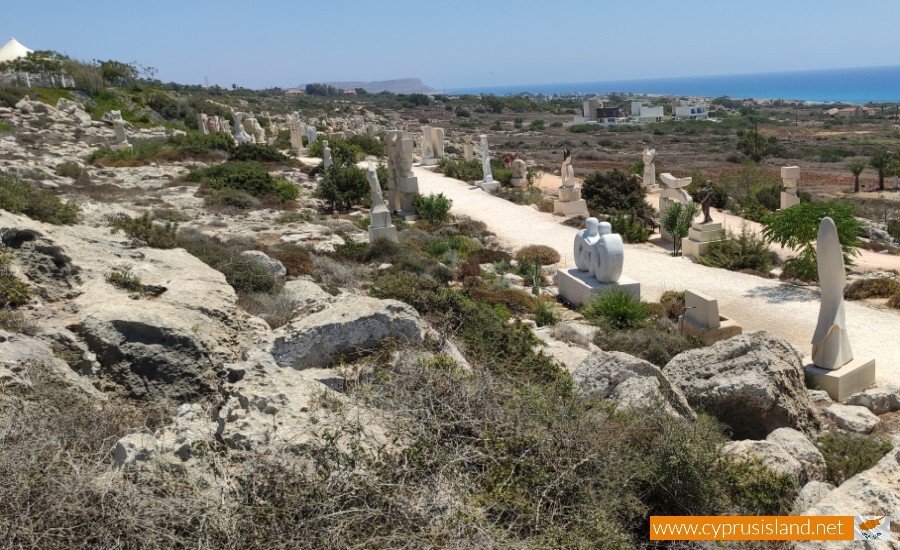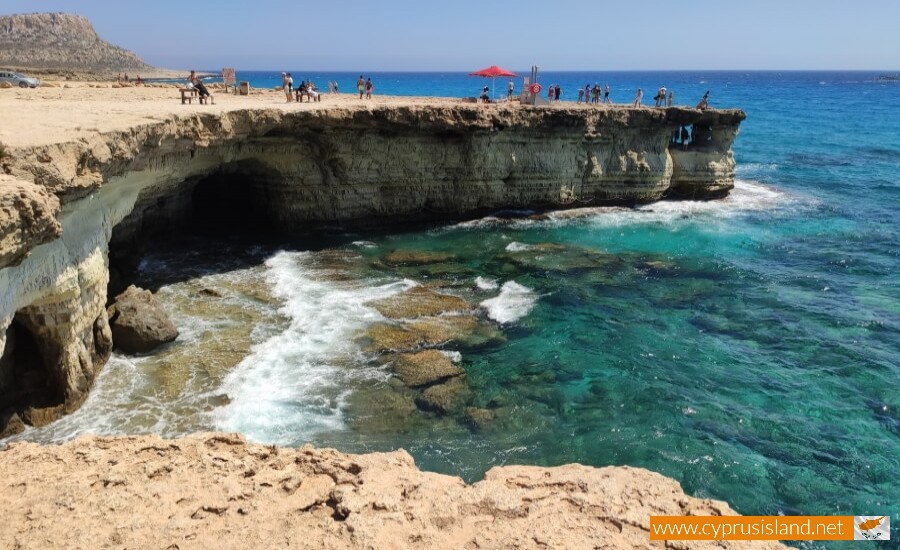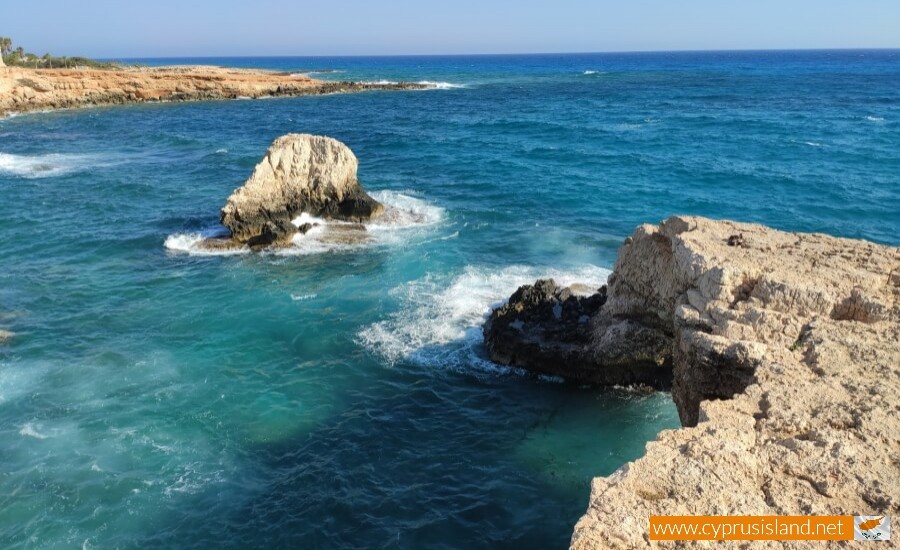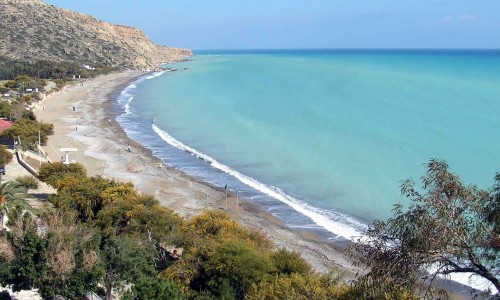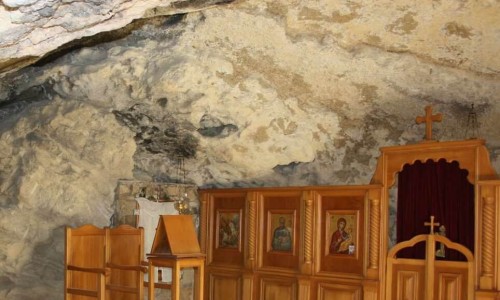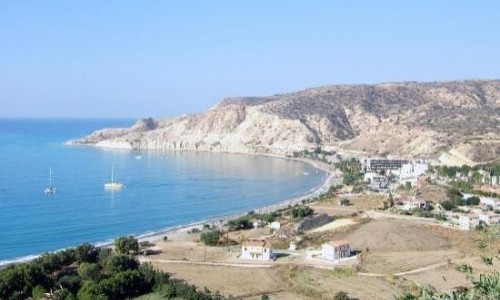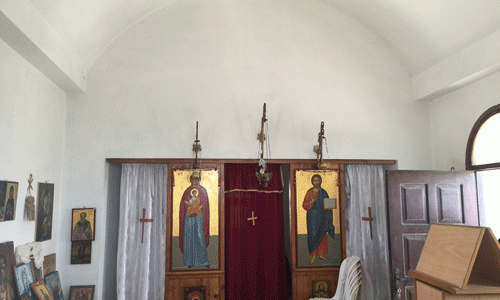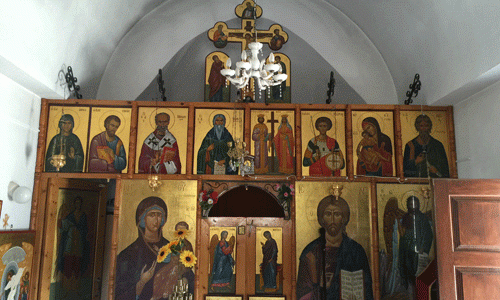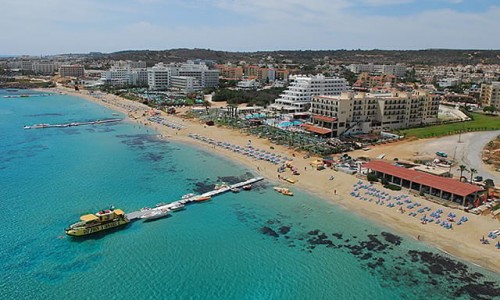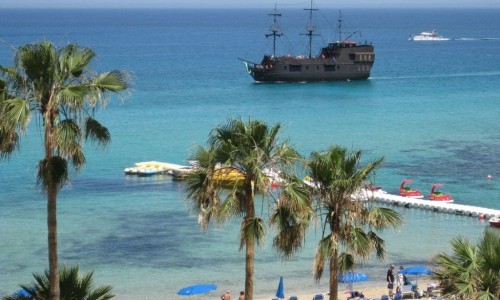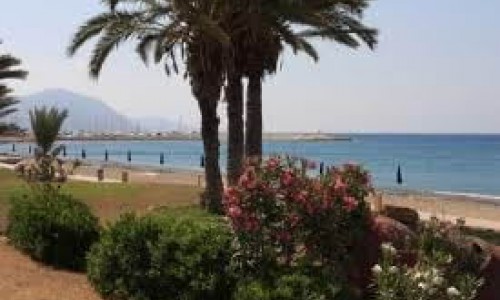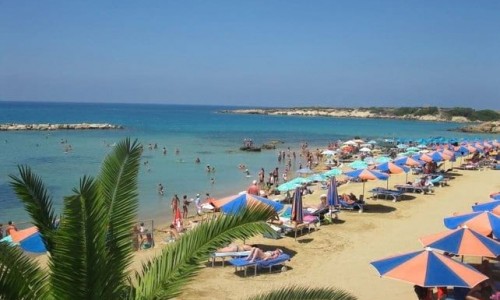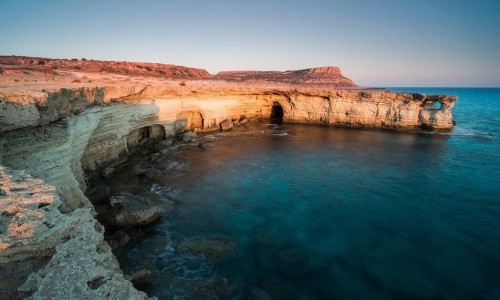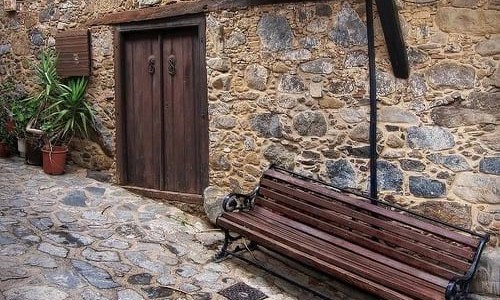Ayia Napa
Perched on the southeastern coast of Cyprus, Ayia Napa is a name that conjures images of golden beaches, turquoise waters, vibrant nightlife, and sun-drenched days that linger into unforgettable Mediterranean nights. Once a sleepy fishing village, this coastal resort town has evolved into one of Europe’s premier holiday destinations. But there’s more to Ayia Napa than meets the eye—beneath its party-town reputation lies a rich cultural heritage, natural beauty, and a growing appeal to families and travelers of all kinds.
Ayia Napa is best known for its beaches—and rightfully so. The area boasts 14 Blue Flag beaches, each with its own unique charm. Nissi Beach, with its soft white sand and shallow crystal-clear waters, is the crown jewel. Popular with both locals and tourists, it’s the go-to spot for beach parties, watersports, and that Instagram-perfect shot of the tidal sandbar leading to a tiny offshore islet.
For something a bit more relaxed, Makronissos Beach offers a family-friendly vibe with calm waves and excellent facilities. Meanwhile, Konnos Bay, just a short drive away toward Cape Greco, feels like a secret escape, nestled between dramatic cliffs and framed by pine trees—perfect for snorkeling and serene swims.
If you’re looking for nightlife, Ayia Napa delivers in neon-colored abundance. The town’s nightlife scene has reached legendary status, with an entire district—The Square—dedicated to clubs, bars, and dancefloors that pulse with energy well into the early hours.
Clubs like Black ’n’ White, Aqua, and Club Ice host international DJs and attract partygoers from all over Europe. Summer festivals such as Ayia Napa Live draw massive crowds, and beach parties on Nissi Beach often kick off during the day and roll into dusk.
But it’s not all wild nights—many venues offer more laid-back vibes with live music, sunset cocktails, and Cypriot wine tastings. Whether you’re a hardcore clubber or a cocktail-sipping observer, there’s a rhythm for everyone.
Beyond the sun and the beats, Ayia Napa has a soul rooted in history. The Ayia Napa Monastery, dating back to the 16th century, is a peaceful oasis in the heart of town. Surrounded by high walls and shaded by a centuries-old sycamore tree, it’s a beautiful example of Venetian architecture with a serene courtyard perfect for a quiet escape from the bustle.
For a deeper dive into the past, the Thalassa Museum offers insight into Cyprus’s maritime heritage, with exhibits ranging from ancient shipwrecks to fishing traditions. It’s a great place to understand the importance of the sea to this region’s history and identity.
Nature lovers will find plenty to explore. The Cape Greco National Forest Park, located just east of Ayia Napa, is a haven for hikers, cliff divers, and photographers. Trails wind through pine forests and along sea cliffs, offering panoramic views of the coastline. The Sea Caves of Ayia Napa, carved by wind and waves over millennia, are a favorite for adventurous swimmers and divers.
The Love Bridge, a natural rock arch where legend says couples who kiss will be granted eternal love, is a romantic spot perfect for sunset selfies or wedding proposals.
While Ayia Napa is famous for its youthful crowd, it’s increasingly attracting families and more laid-back travelers. Resorts cater to all ages, and attractions like the WaterWorld Themed Waterpark—one of the largest in Europe—make it an ideal destination for kids. There are also boat tours, glass-bottomed cruises, and even pirate ship adventures for all ages to enjoy.
Many of the restaurants and tavernas are family-run, offering warm hospitality and delicious homemade meals. Think grilled halloumi, sheftalia (Cypriot sausage), souvlaki, and fresh seafood paired with local wines and a sea view.
Summer (June to August) is peak season, with hot days, warm nights, and a full calendar of events. But if you prefer a more relaxed experience, consider visiting in May or September, when the weather is still gorgeous but the crowds are thinner. Springtime brings wildflowers and greenery, while early autumn offers warm seas and mellow vibes.
Ayia Napa is about a 40-minute drive from Larnaca International Airport. Rental cars are a popular way to explore the surrounding areas, though buses and taxis are readily available. The town itself is very walkable, especially around the beach and nightlife zones
Ayia Napa is a destination of contrasts—sun-soaked and electric, but also steeped in tradition and natural beauty. Whether you're there to dance until sunrise, snorkel in azure waters, hike coastal trails, or enjoy a family holiday filled with food and fun, this Cypriot gem has something for everyone.
So pack your swimwear, bring your sense of adventure, and get ready to fall in love with Ayia Napa—the heartbeat of Cyprus’s southeastern shore.
Country | Cyprus |
District | Famagusta |
Area | 12.150 sq mi (31.469 km2) |
Population | 3,200 |
Website |


